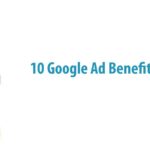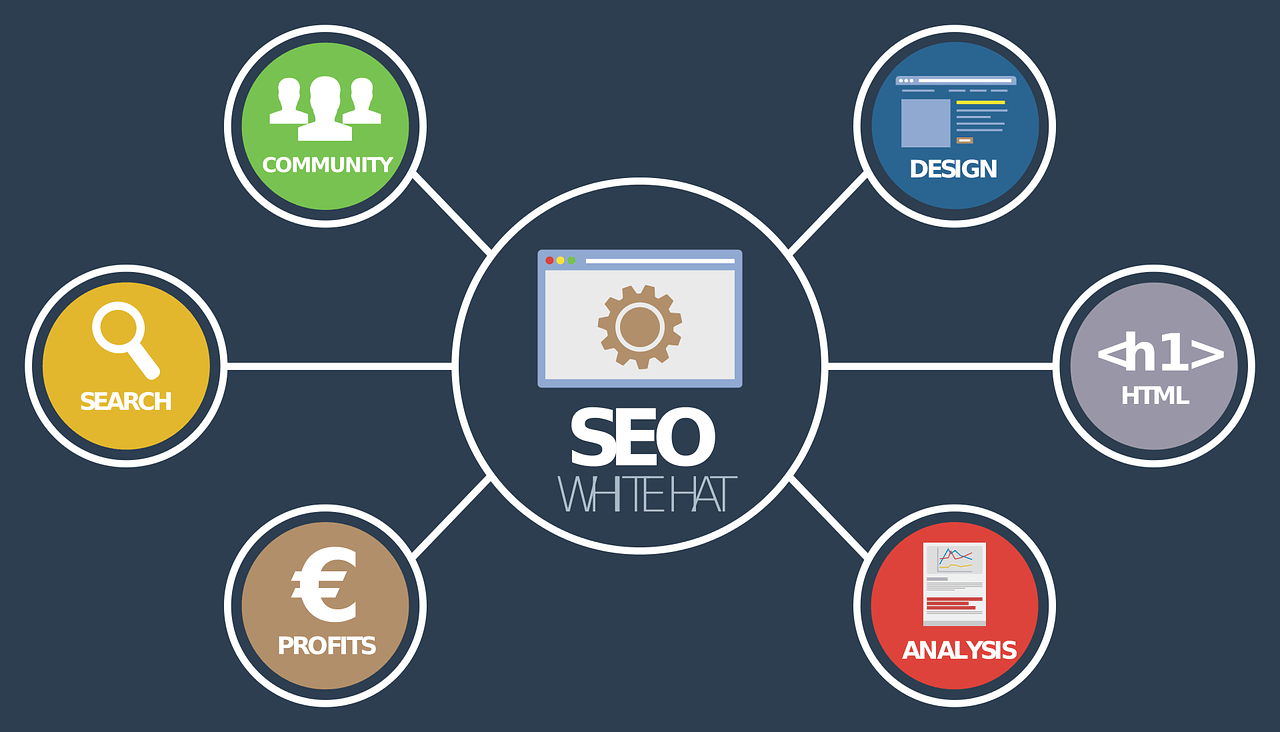Pricing For Digital Advertising


If you have ever bought marketing services, you have probably noticed that all players have different ways of pricing their services and sometimes it is difficult to distinguish between apples and pears when you compare quotes. In this blog post, we will go through one of the most common questions we get when it comes to pricing for digital advertising. Digital advertising will throughout this blog post refer to all forms of digital advertising, although of course, it is possible to pay per exposure in many places nowadays.
Digital advertising
Digital advertising is great considering it is extremely transparent for analyzing data for your campaign. You can always track how many people your ad has been exposed to and how many have clicked and also how many have since converted from the various ads. If you compare digital ads with more traditional advertising methods such as TV commercials, newspaper ads, etc., it is no longer a guess and estimate in terms of exposures and conversions. This will allow you to analyze your campaigns much better and reliably measure what you get out of your advertising. In addition, a magical basis is provided for optimizing your ads continuously or until the next time you advertise digitally.
Different ways to charge for work with digital advertising
For digital marketing agencies, one of the most common services is digital advertising, e.g. Facebook Ads, Google Ads , LinkedIn Ads, Bing Ads etc. There are many different ways to charge for these types of services which all have the same goals and the same way of working. Regardless of which digital marketing agency it is, everyone aims to help the customer in the best possible way.
For all types of work with digital advertising, it is about reaching the customer’s goals in the most cost-effective way possible. The goal can e.g. be maximum exposure for a specific target group where the purpose is brand building. The goal can also be to maximize ROI and get as many conversions at as low a cost as possible. Regardless of the goal, a digital agency needs to carry out roughly the same process. First, documentation is needed from the customer where purpose, goals, budget, hypothesis, target group, etc. are produced. Then assets (advertisements, eg image, text, video) must be produced for campaigns. After that, the ad account needs to be set up or if the account itself is already set up, ad groups etc. must be set up. When it is ready, it is time to start the campaign and then it needs to be maintained and optimized to perform as well as possible.
The process is relatively similar for everyone, but the way to charge often differs. We will now go a little deeper into three classic payment variants; Percentage of spend, fixed price and ongoing work.
Percentage of spend
One of the most classic ways to charge for digital advertising is the percentage of spend and works just as it sounds – that the digital marketing agency charges according to a percentage of what you spend in your advertising budget.
The advantage of this is that you know what you are paying to the agency each month. If you have a low budget for your digital advertising, the percentage of spend is often the absolute cheapest variant.
This approach creates an incentive for the digital marketing agency to try to get you to increase your spend, which does not always have to be the best thing for you.
Fixed price
Fixed price on digital advertising is a really exciting concept with many advantages and disadvantages as well as risk-taking.
The concept of fixed price is based on you as a customer knowing what it is worth for you to get X number of visitors or conversions.
For the agency, this approach is a risk-taking as digital ads are often priced through real-time auctions, which means that the agency’s cost is not fixed and it is not possible to know in advance how much optimization and changes are needed to reach the goal of 10,000 visitors. This type of arrangement means that the agency generally needs to set a slightly higher price as they need a certain margin and also means that during the campaign they will try to minimize their costs and spend to maximize their margin.
The advantage of this is that you actually get exactly what you pay for and that you know in advance what it costs. It is also directly linked to a business goal which can be exactly what you want.
The advertising often takes place through the agency’s own advertising accounts and that all data stays with the agency. You receive reports but do not access your data yourself and in most cases this is because the agency does not want to show how much ad spend they have. For those of you who want to continue advertising in this way, it means that you can not handle all the data yourself and analyze and optimize the campaign for better results in the future.
Ongoing hourly rate
The absolute most common is still ongoing hourly rate which is exactly what it sounds like. The agency charges for the time they spend on your digital advertising. It is often possible to estimate to give a range of what it will cost but the cost is still variable.
The advantage of this is that if you have found a transparent and competent agency, they will spend the time needed to optimize your campaign and nothing more. Furthermore, they will be able to put in a few extra hours to make sure that you really get the absolute best result. You can also take back the work with digital advertising in house at any time and you own all the data that you only invite the agency to take part of.
The downside of running hourly fees is that there are rogue agencies that will spend more hours than they need on your digital advertising than is really needed and you run the risk of the agency being ignorant.
Summary
Using digital advertising agencies is common and often very good. Everyone has the goal of being able to help their customers in the best way and everyone carries out approximately the same process to reach the goal.
However, there are many different ways to charge; percent of spend, fixed price and current hourly rate. There are advantages and disadvantages with all variants and some models fit better or worse depending on the situation and the goal. The most important thing is to be aware of the risks that exist when choosing a layout and that you know that there are different types of layouts.
Also Read:
- Pricing For Digital Advertising
- The 5 Most Crucial Content Marketing Trends For 2021
- How PPC marketing is beneficial for your business growth?
- 4 Interesting Digital Marketing Solutions That Can Help Your Brand Grow Online
- How Is A Long Tail Keyword Beneficial To Increase Traffic For A Website?
- 5 Things You Must Know About SEO in 2021
- Boost Your Website Ranking by Content Consolidation
- 6 Best Treasured Keywords Research Tools Free That Every SEO Needs










